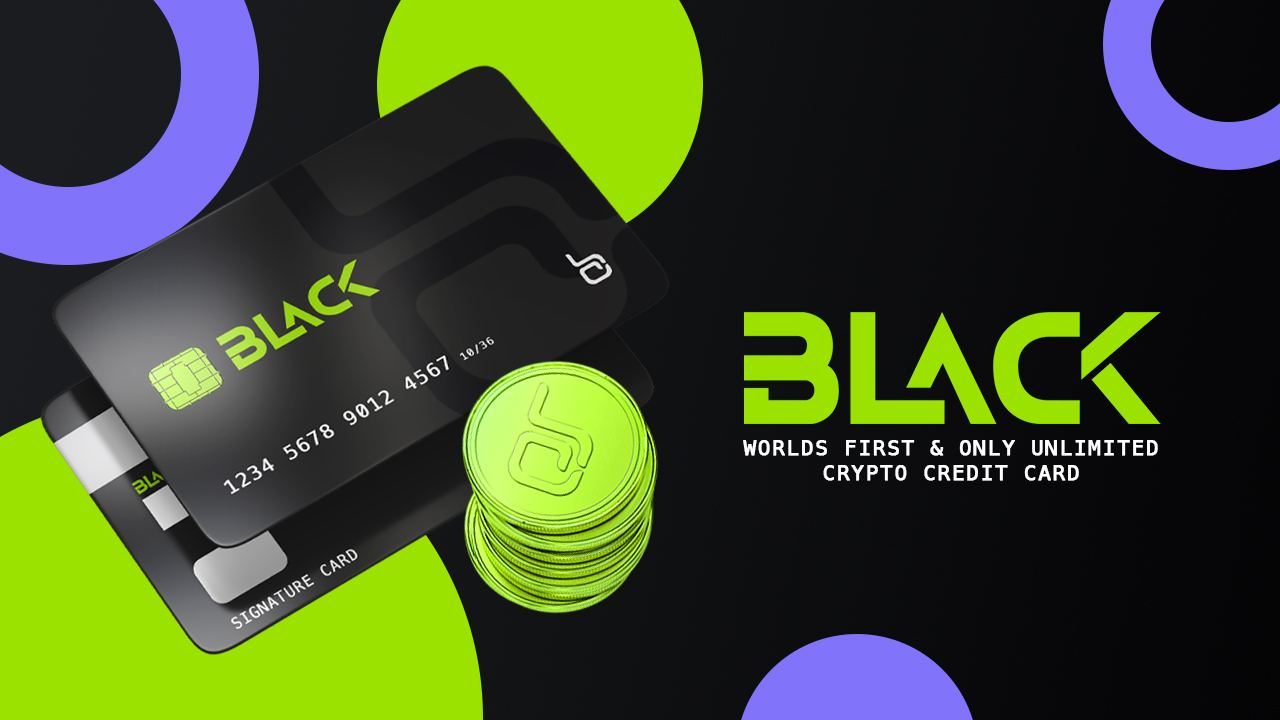What You Should Know About Hard Forks, and Soft Forks?
How Do You Use a Fork? How many different kinds of cryptocurrency forks are there? What distinguishes hard forks from soft forks? If any of these questions are on your mind, you’ve come to the correct spot for answers.

Each piece of software needs upgrades to stay current with shifting dynamics and improve its functionality. Forks is the term given to it in the Cryptography lexicon. As you undoubtedly know, there are two sorts of forks: soft forks and hard forks. The main distinction between the two forks, to put it simply, is that Soft Fork also supports the older software version, but Hard Fork is a permanent adjustment that is incompatible with the earlier version.
How Many Different Types of Forks Are There?

Each link in the chain is referred to as a node, and the entire crypto community is one large family. Each node must adhere to a set of guidelines known as “protocols” in order to coexist. The protocol’s author sets the fundamental guidelines. The community chooses the blockchain size, mining rewards, etc., and then they collaborate.
Therefore, a fork is a kind of upgrade or update in the blockchain’s source code that changes how the intact blockchain functions. What are blockchain’s soft forks and hard forks, you ask? These are two different kinds of forks, one of which, a soft fork, can be reversed, and the other, a hard fork, cannot be reversed.
A soft fork describes the little alterations made to the chain, whereas a hard fork refers to changes that are typically more significant and drastic.
Contrary to common misconception, all blockchain-based platforms, not just bitcoin, are capable of forking. This is due to the fact that blockchain technology is the sole foundation for all cryptocurrencies. Each individual block can be thought of as a cryptographic key, which aids in advancing the block memory.
Let’s now examine each of the forks separately using historical examples from the cryptocurrency sector.
What is Soft Fork In Crypto?

The protocol upgrade that is backward-compatible is known as a “Soft Fork,” which means that even after the Fork that created a new chain, the older nodes can still process transactions. The older blocks, however, must abide by the revised guidelines.
For instance, earlier nodes would still be able to push blocks that are smaller than 3MB in size if the Fork stated that blocks larger than 3MB could no longer be handled.
It encourages them to update to the new protocol because the older nodes were less capable than the most recent. However, if a user chooses not to utilize the advanced version, he may still do so while forgoing the most recent features.
The consent of the vast majority of chain participants is necessary in order to carry out a Soft Fork.
BIP (Bitcoin Improvement Proposal) and P2SH are two instances of Soft Forks that have previously occurred in the cryptocurrency sector.
What is Hard Fork in Crypto

Since a hard fork significantly modifies the protocol, it is more complicated than a soft fork. These modifications are so drastic that they lead to the creation of two unique cryptocurrencies, one of which remains untouched and the other of which is a completely new, modified form. The former blockchain’s transactions would no longer be identifiable by the new chain after the separation. Because of this, the community has been divided over Hard Fork and is doubtful of its future.
Hard forks are rarely used because they force the community to choose a side, which is one of the reasons. However, if done properly, it can lead to an upgraded, effective network with improved immunity.
The split between Bitcoin and Bitcoin Cash, as well as the split between Ethereum Classic and Ethereum, or Ethereum Classic Hard Fork, are two well-known examples of hard forks in the cryptocurrency world.
Conclusion
The topic of debate is cryptocurrency splits, whether they are planned or contentious, hard or soft. Any open source cryptocurrency can be said to have forking as one of its key values because it increases the blockchain’s security. In the event of a dispute with the coin’s developers, the split also gives miners and investors a say.
Hard forks attempt to dramatically alter the blockchain, making them more contentious than soft forks.
DISCLAIMER: The Information on this website is provided as general market commentary and does not constitute investment advice. We encourage you to do your own research before investing.
Join CoinCu Telegram to keep track of news: https://t.me/coincunews
Follow CoinCu Youtube Channel | Follow CoinCu Facebook page
Annie
CoinCu News



















